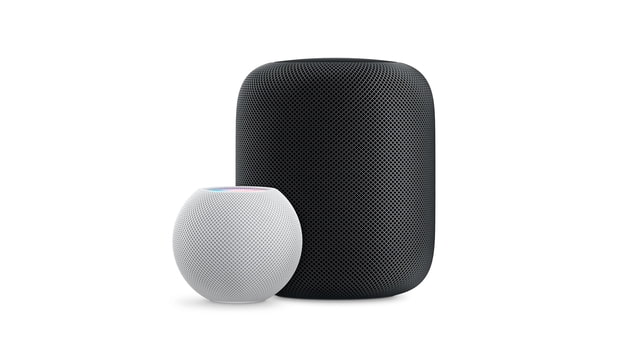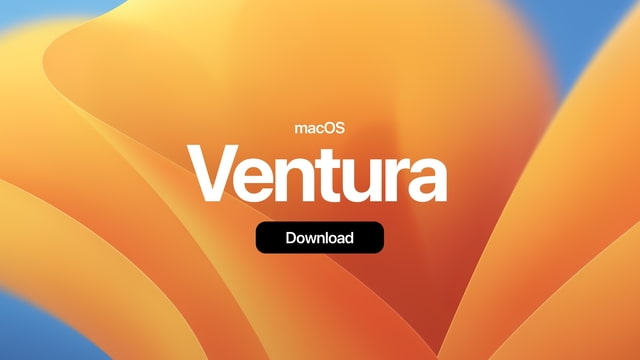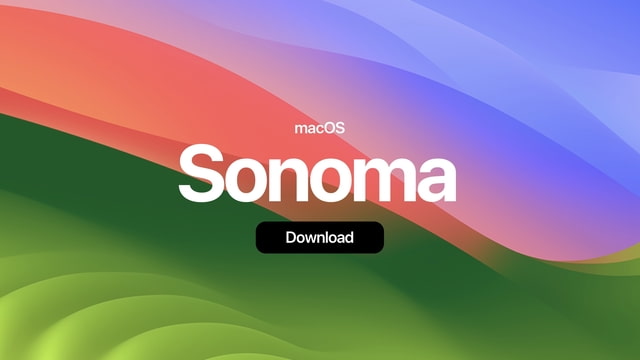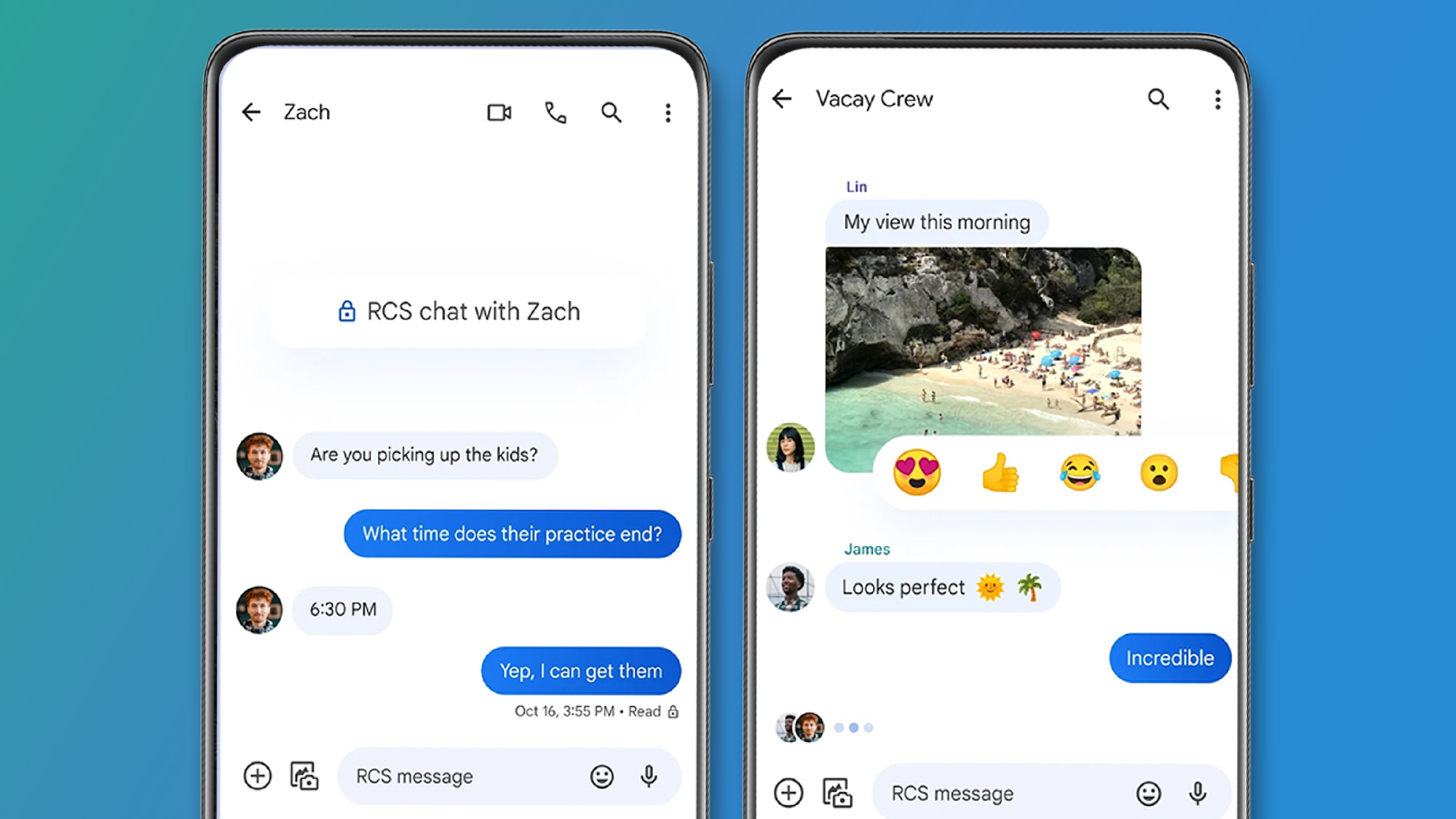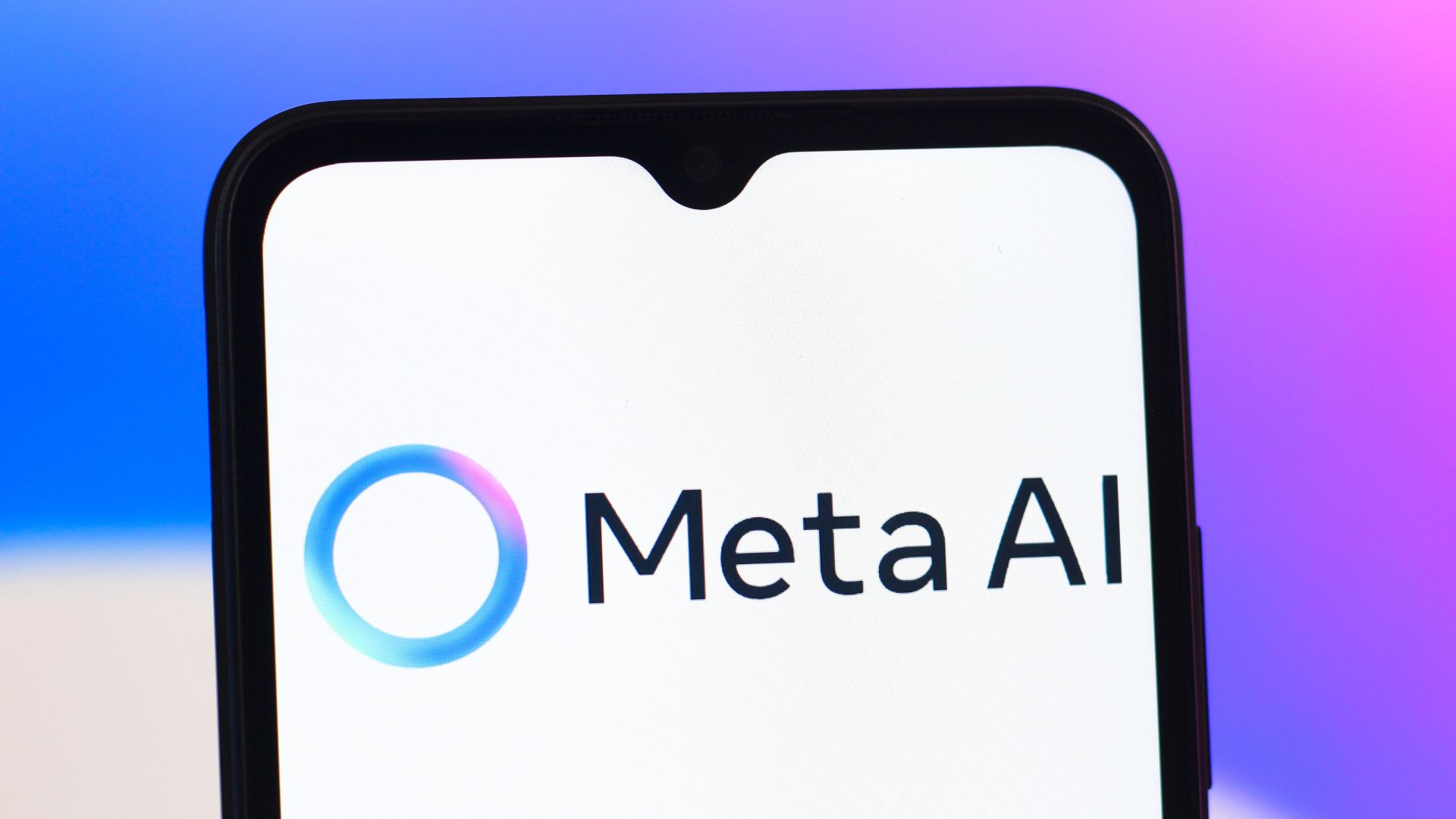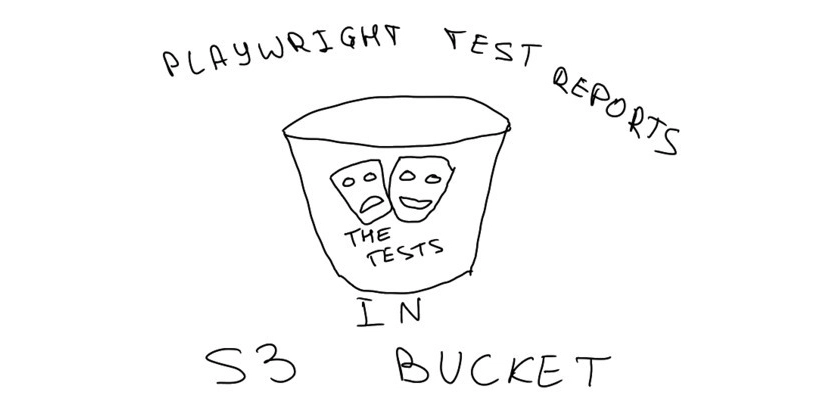Understanding JSON in JavaScript: A Complete Guide
JSON (JavaScript Object Notation) is a lightweight data-interchange format that's easy for humans to read and write and easy for machines to parse and generate. It's one of the most widely used formats in web development, especially when working with APIs and server responses. What is JSON? JSON is a text-based format for representing structured data. It resembles JavaScript object syntax, but it's a string. Example JSON: { "name": "Alice", "age": 25, "isStudent": false, "skills": ["HTML", "CSS", "JavaScript"] } JSON vs JavaScript Objects They look similar, but they are different: Feature JavaScript Object JSON Data Type Object String Can contain functions Yes No Comments Allowed Not allowed Quotes on keys Optional Mandatory JSON Methods in JavaScript 1. JSON.stringify() Converts a JavaScript object into a JSON string. const user = { name: "Bob", age: 30 }; const jsonString = JSON.stringify(user); console.log(jsonString); // '{"name":"Bob","age":30}' 2. JSON.parse() Converts a JSON string back into a JavaScript object. const jsonString = '{"name":"Bob","age":30}'; const user = JSON.parse(jsonString); console.log(user.name); // 'Bob' Real-World Use Case: Fetching Data from an API fetch('https://api.example.com/data') .then(response => response.json()) .then(data => { console.log(data); // Parsed JSON object }); Most APIs return JSON. Using .json() parses the response body into a JavaScript object. Common Mistakes Forgetting to wrap keys in quotes in JSON: { name: "John" } // Invalid Correct: { "name": "John" } Using functions in JSON: JSON.stringify({ sayHi: () => "Hi" }); // sayHi will be removed Summary JSON is used for storing and exchanging data. Use JSON.stringify() to convert objects to strings. Use JSON.parse() to convert strings to objects. It’s widely used in API communication. Tip: Use https://jsonformatter.org/ to format or validate JSON quickly.
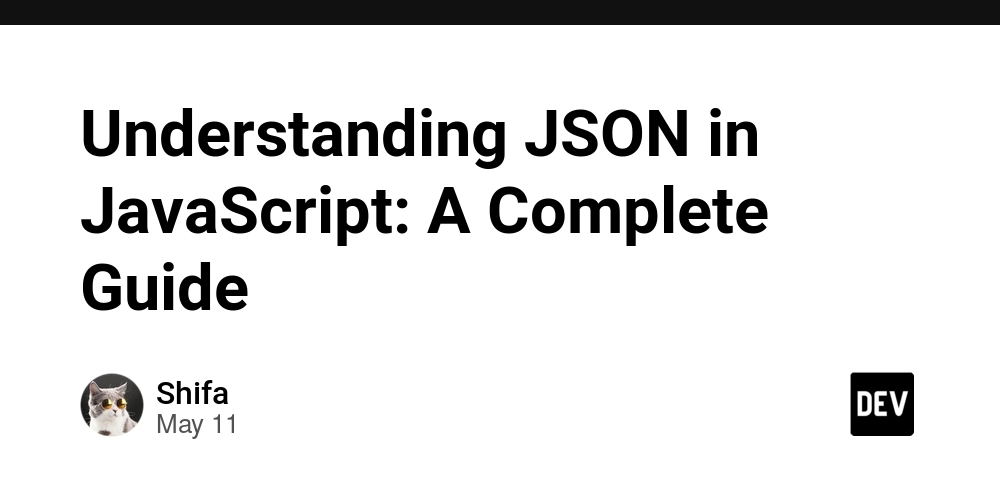
JSON (JavaScript Object Notation) is a lightweight data-interchange format that's easy for humans to read and write and easy for machines to parse and generate. It's one of the most widely used formats in web development, especially when working with APIs and server responses.
What is JSON?
JSON is a text-based format for representing structured data. It resembles JavaScript object syntax, but it's a string.
Example JSON:
{
"name": "Alice",
"age": 25,
"isStudent": false,
"skills": ["HTML", "CSS", "JavaScript"]
}
JSON vs JavaScript Objects
They look similar, but they are different:
| Feature | JavaScript Object | JSON |
|---|---|---|
| Data Type | Object | String |
| Can contain functions | Yes | No |
| Comments | Allowed | Not allowed |
| Quotes on keys | Optional | Mandatory |
JSON Methods in JavaScript
1. JSON.stringify()
Converts a JavaScript object into a JSON string.
const user = { name: "Bob", age: 30 };
const jsonString = JSON.stringify(user);
console.log(jsonString); // '{"name":"Bob","age":30}'
2. JSON.parse()
Converts a JSON string back into a JavaScript object.
const jsonString = '{"name":"Bob","age":30}';
const user = JSON.parse(jsonString);
console.log(user.name); // 'Bob'
Real-World Use Case: Fetching Data from an API
fetch('https://api.example.com/data')
.then(response => response.json())
.then(data => {
console.log(data); // Parsed JSON object
});
Most APIs return JSON. Using .json() parses the response body into a JavaScript object.
Common Mistakes
- Forgetting to wrap keys in quotes in JSON:
{ name: "John" } // Invalid
Correct:
{ "name": "John" }
- Using functions in JSON:
JSON.stringify({ sayHi: () => "Hi" }); // sayHi will be removed
Summary
- JSON is used for storing and exchanging data.
- Use
JSON.stringify()to convert objects to strings. - Use
JSON.parse()to convert strings to objects. - It’s widely used in API communication.
Tip: Use https://jsonformatter.org/ to format or validate JSON quickly.






































































































































































![[The AI Show Episode 145]: OpenAI Releases o3 and o4-mini, AI Is Causing “Quiet Layoffs,” Executive Order on Youth AI Education & GPT-4o’s Controversial Update](https://www.marketingaiinstitute.com/hubfs/ep%20145%20cover.png)










































































































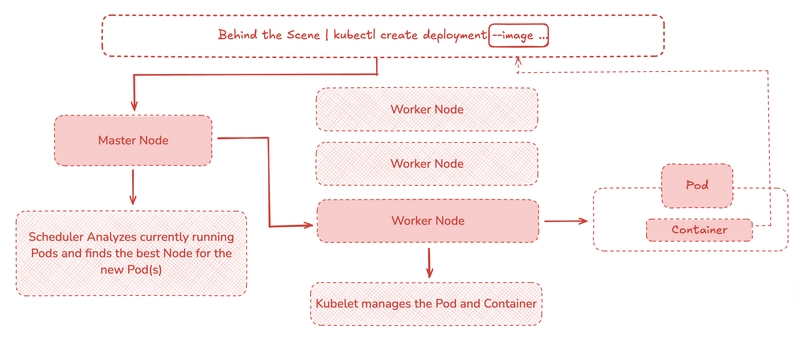


















![Ditching a Microsoft Job to Enter Startup Purgatory with Lonewolf Engineer Sam Crombie [Podcast #171]](https://cdn.hashnode.com/res/hashnode/image/upload/v1746753508177/0cd57f66-fdb0-4972-b285-1443a7db39fc.png?#)




















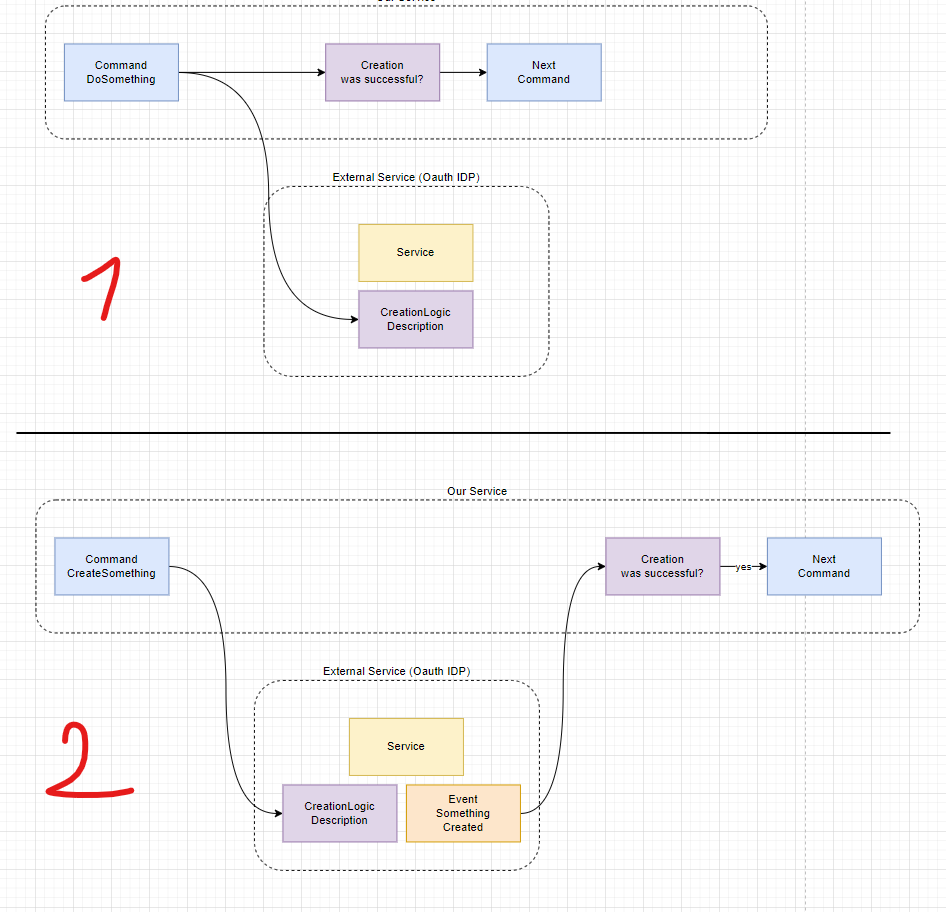



































































































_Piotr_Adamowicz_Alamy.jpg?width=1280&auto=webp&quality=80&disable=upscale#)












_designer491_Alamy.jpg?width=1280&auto=webp&quality=80&disable=upscale#)

















































































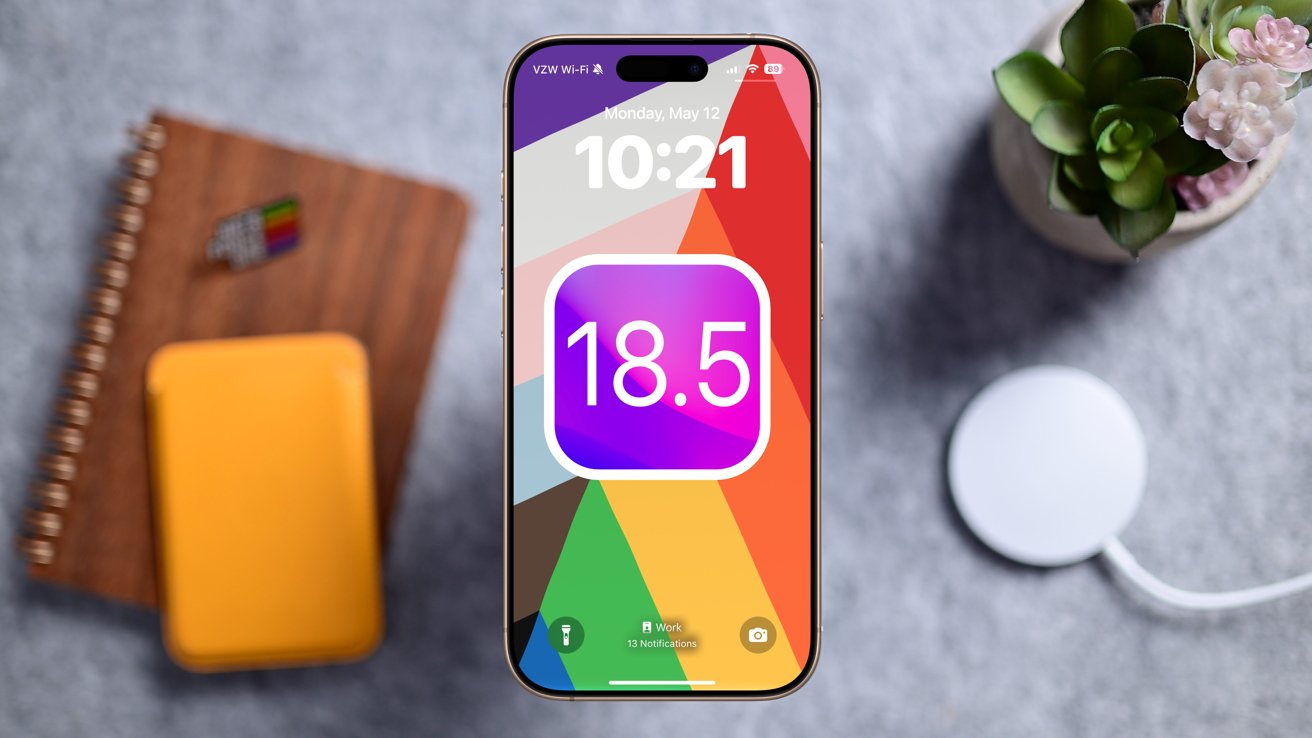

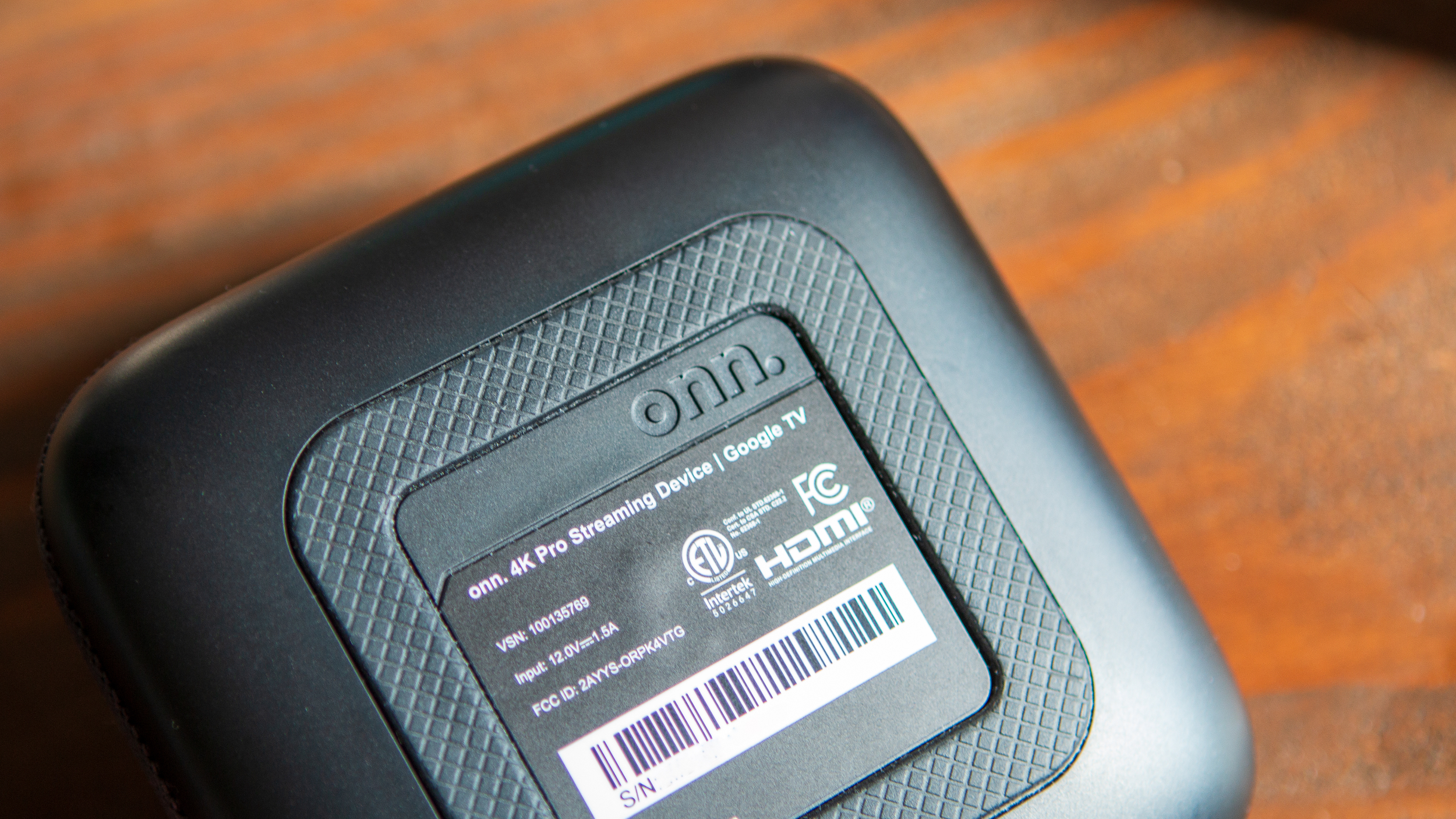
























![Apple Officially Releases macOS Sequoia 15.5 [Download]](https://www.iclarified.com/images/news/97308/97308/97308-640.jpg)
